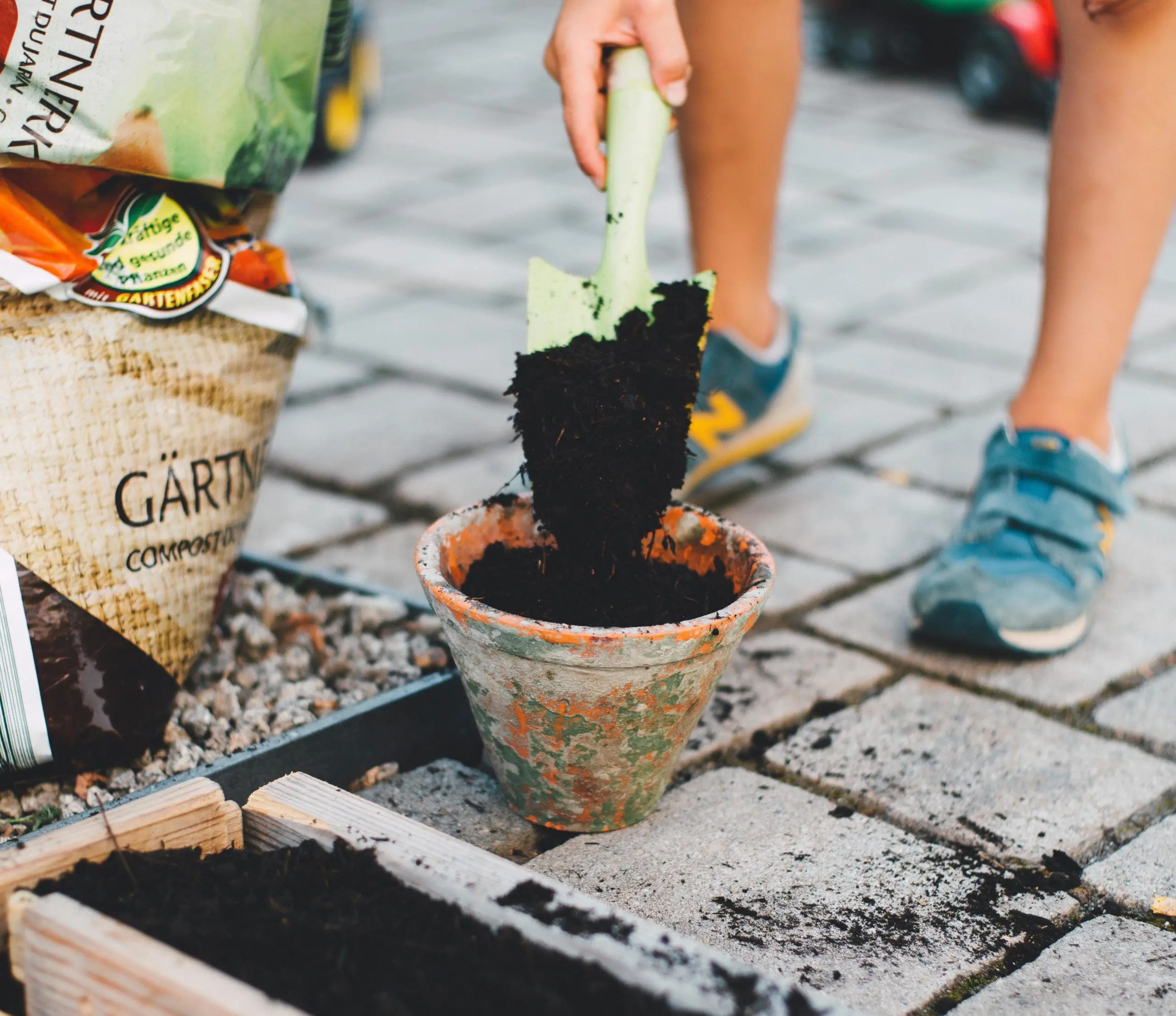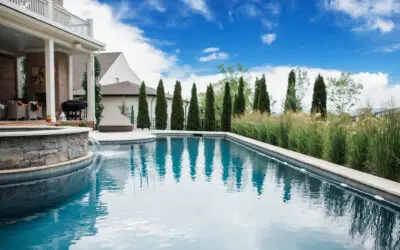A landscape that includes perennial and annual flowers and plants along with its trees and shrubs can enhance any home. When that landscape also includes edibles, the benefits increase.
“We’re definitely seeing an uptick of people growing food,” says Gardens of Babylon landscape designer Ryan Fogarty. “Ever since the pandemic, people have been growing more of their own food, so they know where it comes from,” she says. “We’ve had significantly more raised-bed garden installations since the pandemic began.” As the cost of food rises, the amount of those growing and preparing food at home rises as well.
Start with a plan to add edibles into your landscape
To include food in your landscape, start by assessing the conditions in your environment and what you hope to grow. Consider the amount of space you have, and whether you want to grow a garden in the ground or in one or more raised beds. Also note where the sun comes in and where you have shade. “Pretty much every edible, whether it’s trees or blueberries or herbs or vegetables, is going to need full sun to do its best,” Ryan says.
When you begin to think about what to include in your landscape, consider plants that serve a dual purpose: ornamentals that look good all year and that produce something you can eat. Here are a few that Ryan suggests:
Trees and shrubs
Serviceberry. This large shrub or a small tree blooms with white flowers early in the spring and produces fruit in early summer that is similar to blueberries in size and taste. In fall, the foliage of Amelanchier turns bright yellow, orange and red, and its gray bark stands out against a stark winter background.
Fig. The fruit of Ficus is a sweet treat when it ripens in the summer. ‘Brown Turkey’ is a variety that is hardy enough to survive a typical winter in Middle Tennessee. If there’s not room for a full-size fig tree in your landscape, Ryan suggests the dwarf variety ‘Little Miss Figgy,’ which tops out at 4 – 6 feet and can be grown in a pot.
Blueberry. These shrubs are not maintenance-free, but can provide a satisfying crop of tasty berries if the right conditions are met. Blueberries grow best in acidic soil that drains well, so soil preparation at the outset is key. Once established, your biggest problem may be finding a way to keep some for yourself while sharing with the birds that will inevitably find them.
Blackberry and raspberry. These are the most common types of plants horticulturists call “brambles.” Both are often grown as hedgerows, may benefit from trellis structures to keep the berries off the ground, and require regular pruning. They should also be planted away from potatoes, tomatoes, peppers, eggplant or strawberries, which are all prone to similar disease problems.
Herbs and vegetables
Thyme. As a landscape plant, creeping varieties can be an effective groundcover between stepping stones. In the kitchen, use thyme in cooking meats, sauces, soups, stews and vegetables.
Rosemary. The popular culinary herb grows as a small, spiky shrub that can be a good backdrop for other low-growing plants. Not all varieties are reliably hardy in Middle Tennessee, but ‘Arp’ and ‘Tuscan Blue’ are two that will likely withstand winter here if planted in a protected location.
Vegetables. A garden will always be evolving, Ryan says, and a garden bed of perennials may have space to include edible annuals that die at the end of the season. Think about adding vegetables or herbs that have a tidy growing habit, such as lettuce, spinach and kale in late winter and spring, changing those out to plant summer favorites such as basil, peppers or okra.
A final note: Gardens of Babylon offers a Personal Farmer service to help you plan your garden. “We give you what you want and what we know will do well,” Ryan says.





